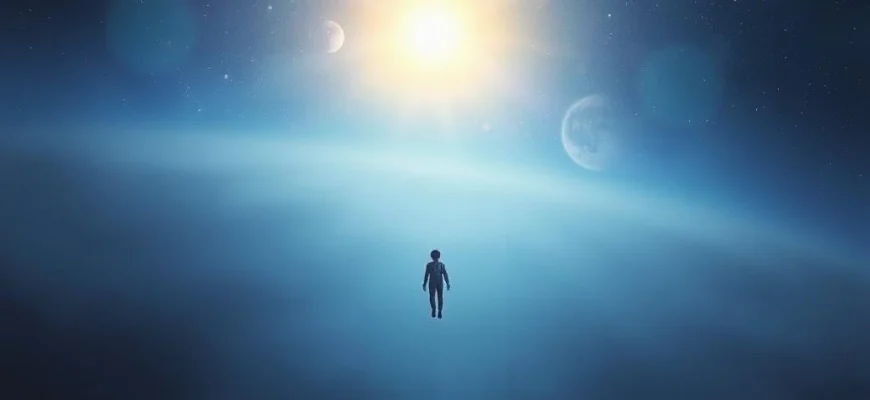If you were captivated by the psychological depth and cosmic wonder of 'Lucy in the Sky' (2019), this article is for you. We’ve curated a list of 10 movies and shows that share its themes of existential exploration, personal transformation, and the vastness of space. Whether you loved the film’s introspective storytelling or its visual grandeur, these recommendations will keep you enthralled.
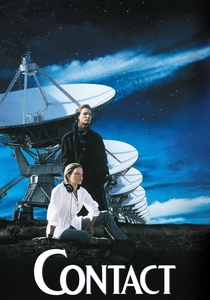
Contact (1997)
Description: A thoughtful exploration of first contact with extraterrestrial intelligence, blending scientific rigor with spiritual and philosophical questions.
Fact: The film's opening sequence showing Earth's radio transmissions moving outward into space is scientifically accurate in its depiction of which broadcasts would have reached which stars by
 Watch Now
Watch Now 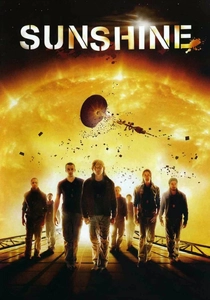
Sunshine (2007)
Description: A visually striking mission-to-save-the-sun story that transforms from hard sci-fi into psychological horror, exploring human fragility under extreme pressure.
Fact: The crew consulted with physicist Brian Cox to ensure scientific accuracy, particularly regarding the depiction of the dying sun and space travel physics.
 Watch Now
Watch Now 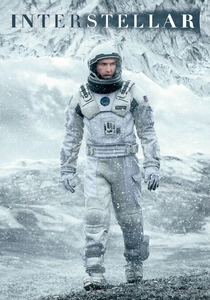
Interstellar (2014)
Description: An epic space exploration film that combines hard science with emotional storytelling, featuring breathtaking cosmic visuals and themes of love transcending time and space.
Fact: The black hole visualization was created using actual equations from physicist Kip Thorne, resulting in scientifically accurate depictions that led to new discoveries.
 Watch Now
Watch Now 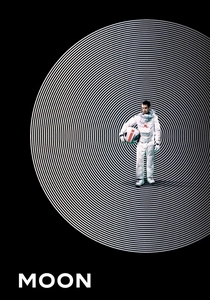
Moon (2009)
Description: A psychological sci-fi thriller set in lunar isolation, examining identity and corporate exploitation with a minimalist approach and strong central performance.
Fact: The film was shot in just 33 days on a relatively small budget, with most sets built from recycled materials from other productions.
 Watch Now
Watch Now 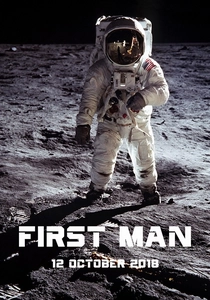
First Man (2018)
Description: A biographical drama focusing on the personal sacrifices and emotional weight behind one of humanity's greatest achievements in space exploration.
Fact: The lunar landing sequence was shot using IMAX cameras and practical effects rather than CGI to create maximum immersion for viewers.
 Watch Now
Watch Now 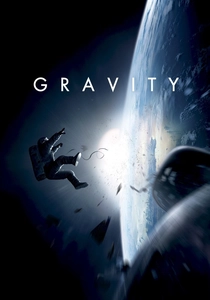
Gravity (2013)
Description: A gripping space survival drama that explores isolation and human resilience in the vastness of space, with stunning visual effects and a deeply personal journey.
Fact: The film's sound design was intentionally minimal in space scenes to enhance realism, and Sandra Bullock trained extensively with NASA advisors to simulate zero-gravity movement.
 Watch Now
Watch Now 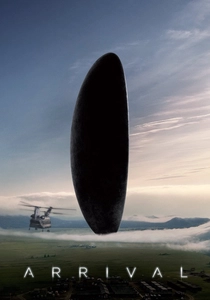
Arrival (2016)
Description: A cerebral sci-fi film that explores communication with alien lifeforms while delving into profound questions about time, memory, and human connection.
Fact: The alien language was developed by a real linguist, and the circular writing system contains hidden meanings that relate to the film's themes.
 Watch Now
Watch Now 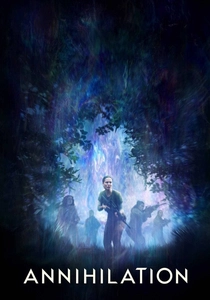
Annihilation (2018)
Description: A mind-bending sci-fi horror that blends stunning visuals with deep psychological themes of self-destruction and transformation in an alien environment.
Fact: The terrifying bear creature's disturbing vocalizations were created by combining real animal sounds with human screams in a unique audio processing technique.
 Watch Now
Watch Now 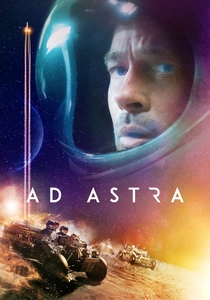
Ad Astra (2019)
Description: A visually stunning space odyssey that examines themes of isolation, father-son relationships, and the psychological toll of space travel.
Fact: The production used practical effects for many space scenes, including building a rotating set to simulate low-gravity environments realistically.
 Watch Now
Watch Now 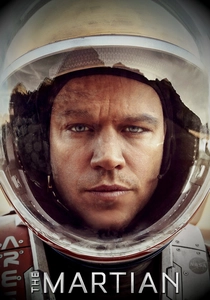
The Martian (2015)
Description: A story of survival and ingenuity set against the harsh Martian landscape, blending scientific accuracy with emotional depth and a strong central performance.
Fact: NASA actively collaborated with the production, and real Martian terrain data was used to create accurate landscapes. The potato plants grown on set were real.
 Watch Now
Watch Now 
